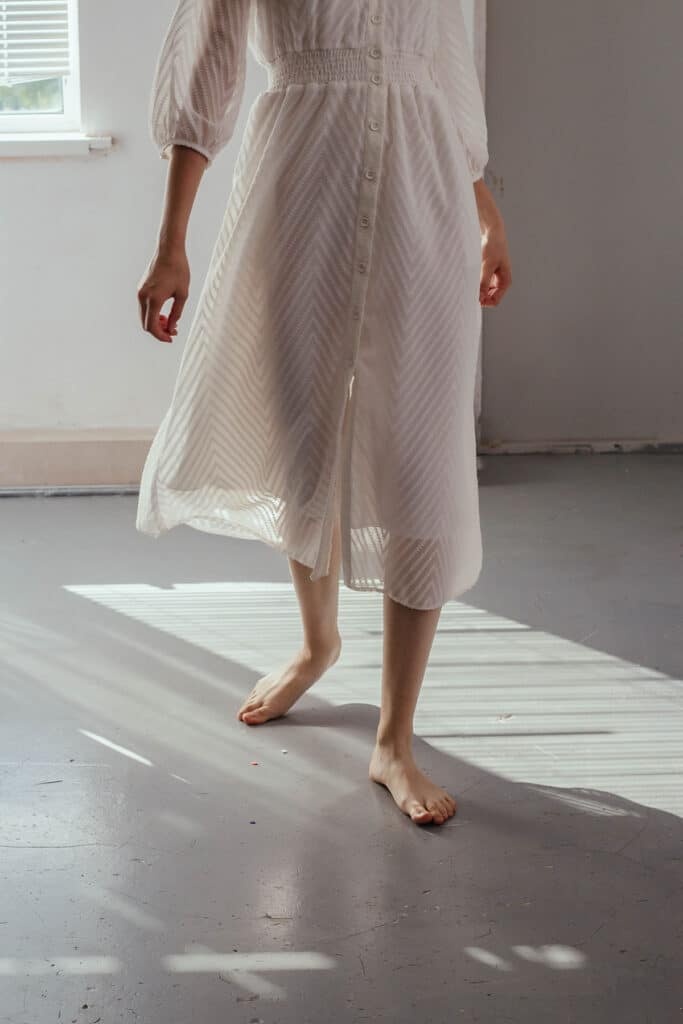Motivated purposes of art refer to intentional, conscious actions on the part of the artists or creator. These may be to bring about political change, to comment on an aspect of society, to convey a specific emotion or mood, to address personal psychology, to illustrate another discipline, to with commercial arts sell a product, or simply as a form of communication.
By contrast, the realistic attitude, inspired by positivism, from Saint Thomas Aquinas to Anatole France, clearly seems to me to be hostile to any intellectual or moral advancement. I loathe it, for it is made up of mediocrity, hate, and dull conceit. It is this attitude which today gives birth to these ridiculous books, these insulting plays. It constantly feeds on and derives strength from the newspapers and stultifies both science and art by assiduously flattering the lowest of tastes clarity bordering on stupidity, a dogs life.
Since ancient times, much of the finest art has represented a deliberate display of wealth or power, often achieved by using massive scale and expensive materials. Much art has been commissioned by political rulers or religious establishments, with more modest versions only available to the most wealthy in society.
Another important innovation came in the 15th century in Europe, when printmaking began with small woodcuts, mostly religious, that were often very small and hand-colored, and affordable even by peasants who glued them to the walls of their homes. Printed books were initially very expensive, but fell steadily in price until by the 19th century even the poorest could afford some with printed illustrations.
In 1661, the city of Basel, in Switzerland, opened the first public museum of art in the world, the Kunstmuseum Basel. Today, its collection is distinguished by an impressively wide historic span, from the early 15th century up to the immediate present. Its various areas of emphasis give it international standing as one of the most significant museums of its kind. These encompass paintings and drawings by artists active in the Upper Rhine region between 1400 and 1600, and on the art of the 19th to 21st centuries.
Human view the Objectivist
The functions of art described above are not mutually exclusive, as many of them may overlap. For example, art for the purpose of entertainment may also seek to sell a product the movie or video game.
Most modern public museums and art education programs for children in schools can be traced back to this impulse to have art available to everyone. Museums in the United States tend to be gifts from the very rich to the masses. The Metropolitan Museum of Art in New York City, for example, was created by John Taylor Johnston, a railroad executive whose personal art collection seeded the museum. But despite all this, at least one of the important functions of art in the 21st century remains as a marker of wealth and social status.
Before Modernism, aesthetics in Western art was greatly concerned with achieving the appropriate balance between different aspects of realism or truth to nature and the ideal ideas as to what the appropriate balance is have shifted to and fro over the centuries. This concern is largely absent in other traditions of art. The aesthetic theorist John Ruskin, who championed what he saw as the naturalism of Turner, saw arts role as the communication by artifice of an essential truth that could only be found in nature.
The definition and evaluation of art has become especially problematic since the 20th century. Richard Wollheim distinguishes three approaches to assessing the aesthetic value of art the Realist, whereby aesthetic quality is an absolute value independent of any human view the Objectivist, whereby it is also an absolute value, but is dependent on general human experience and the Relativist position, whereby it is not an absolute value, but depends on, and varies with, the human experience of different humans.







